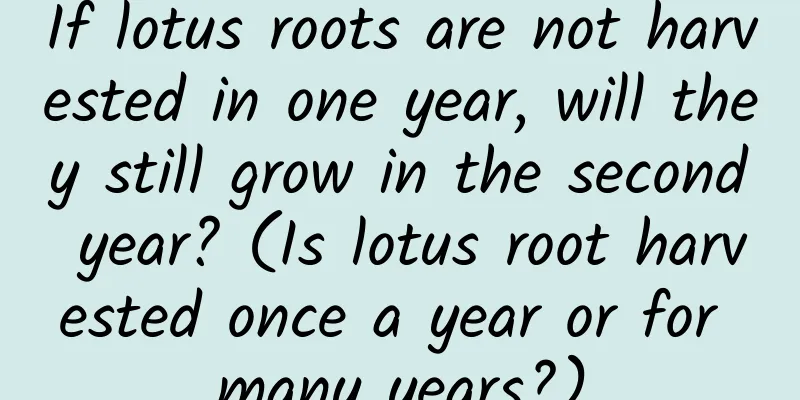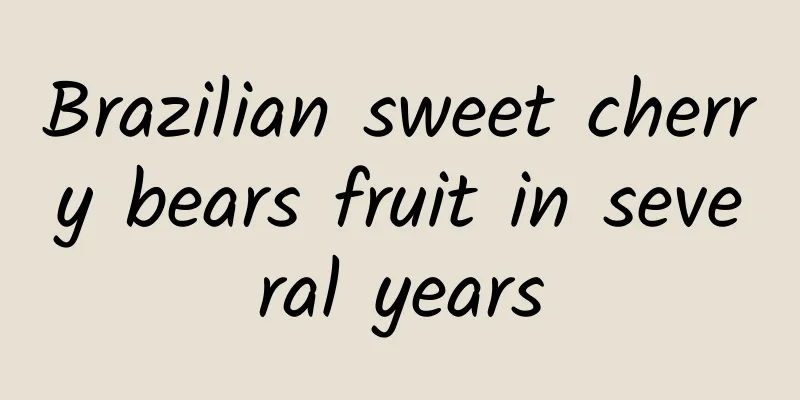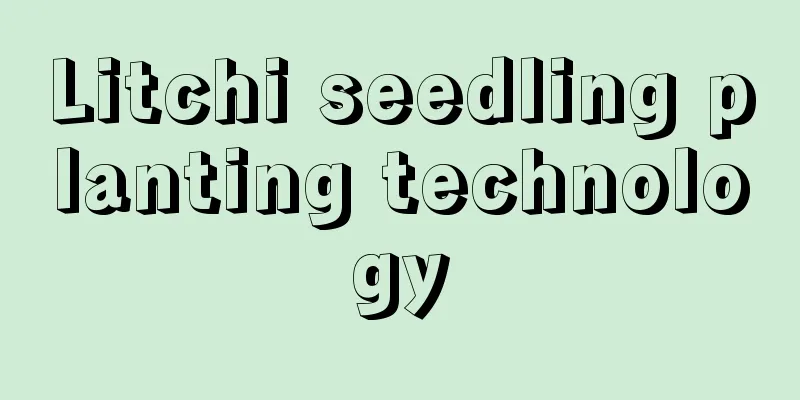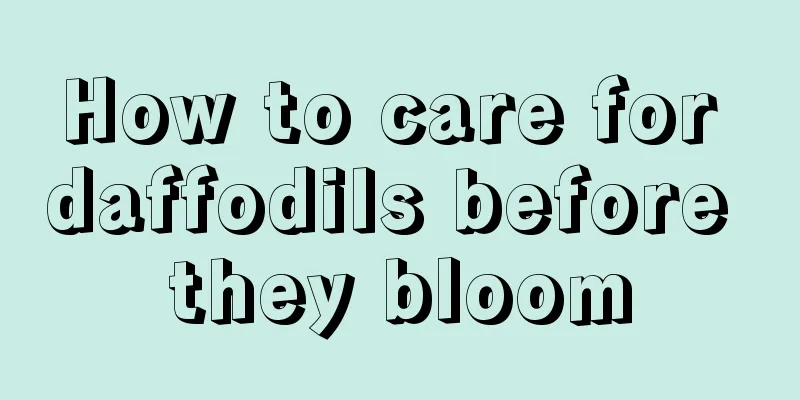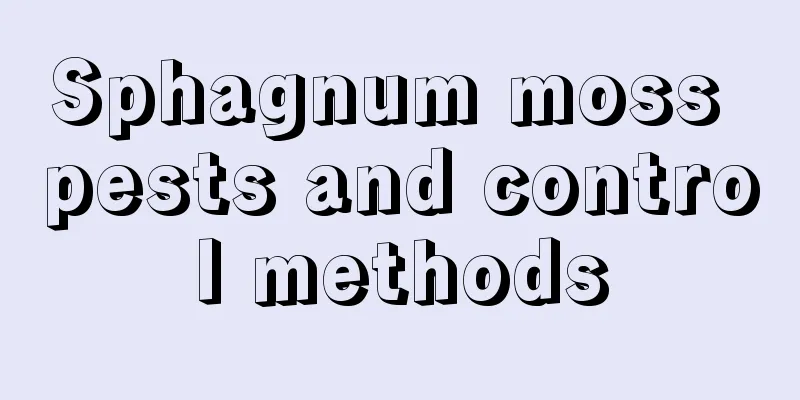The difference between chandelier Fuso and Fuso

The Difference Between Chandelier Hibiscus and Hibiscus——Growth HabitsGrowth Habits of Chandelier HibiscusChandelier hibiscus prefers a warm, humid environment with plenty of light and can only be planted in pots. It grows in the area north of the Yangtze River Basin. Its branches and buds are resistant to pruning, have vigorous growth, strong adaptability, and require soil rich in organic matter. Hibiscus growth habitThe growth habit of hibiscus is the same as that of chandelier hibiscus. It prefers a warm, humid and well-lit environment. Not cold-tolerant or shade-tolerant, but resistant to pruning. It grows in the Yangtze River basin and the areas to the north of China, has vigorous growth and a wide range of adaptability. The difference between chandelier hibiscus and hibiscus - leavesChandelier Hibiscus LeavesThe leaves of the chandelier hibiscus are oval or oblong, about 7 cm long, with a short pointed tip, a broad cuneate base, and are smooth and hairless. Hibiscus leavesHibiscus is an evergreen shrub with tall plants and cylindrical branches. The leaves of hibiscus are broadly ovate or narrowly ovate, about 4 to 9 cm long, with a pointed apex and a rounded or wedge-shaped base. The edges of the leaves are coarsely serrated, and except for the hairs along the veins on the back of the leaves, the rest of the leaves are hairless. The difference between chandelier hibiscus and hibiscus - flowersChandelier Hibiscus flowersThe flowers of the chandelier hibiscus grow individually in the middle of the leaf axils at the end of the branches. The pedicels are slender, drooping, smooth and not covered with hairs. Bracts: Very small, lanceolate, covered with hairs. The calyx is tubular and covered with fine hairs; the petals are deeply lobed and fringed, recurving upward. The style of the stamens is very long and grows in a protruding and drooping manner. Hibiscus flowersThe flowers of hibiscus grow individually in the axils of leaves at the top of the branches, showing a drooping shape. The pedicels are 7 cm long, covered with sparse star-shaped soft hairs, and have nodes at the proximal end; the corolla is funnel-shaped, 6 to 10 cm long. Petals: obovate, covered with sparse hairs, stamens smooth and shiny, not covered with hairs. Well, the editor has told you the difference between the chandelier Fuso and Fuso. Next time you see them, you will be able to tell the difference between these two fake brothers. 【Flower Growing Encyclopedia】is a contracted author of Toutiao |
<<: How to grow Ficus microcarpa
>>: Differences between Pyracantha and Seabuckthorn
Recommend
A seed fell from the tree, I picked it up and took it home, and I became rich
Tamarind I don’t know if you have ever eaten tama...
Is Ivy Poisonous?
toxicity Whether it is poisonous or not depends o...
What does black currant grape seedling look like and cultivation techniques
1. What do black currant grape seedlings look lik...
Tangyin leaf cutting tutorial
1. Cutting time The recommended time for Tangyin ...
What flowers are suitable for planting in summer
1. Lotus Lotus prefers a warm and well-lit enviro...
How to grow gardenia indoors in winter
1. Stay in the sun After moving gardenia indoors ...
When is the best month to prune grapevines? When is the best month to prune grapevines?
Grapevine pruning time Grapevines grow relatively...
Does Kalanchoe need to be topped in autumn?
1. Is it necessary to top it? When autumn comes f...
When to plant spring peanuts?
Choosing the right time to plant spring peanuts i...
Is it suitable to grow chrysanthemums indoors?
1. Is it suitable? Chrysanthemums can be grown in...
How to grow Schefflera and what to pay attention to
Growth habit of Schefflera Schefflera prefers war...
Breeding techniques of the lotus lantern
The lotus lantern is a very popular flower . It i...
Does chili pepper prefer shade or sun?
Does chili pepper prefer shade or sun? Chaotian p...
How to care for the Clerodendrum thomsoniae
The Clerodendrum thomsoniae is famous for its uni...
I have a yard like this, I won't sell it even if you give me 10 million
First is Huahua’s favorite rose! It is also made ...





